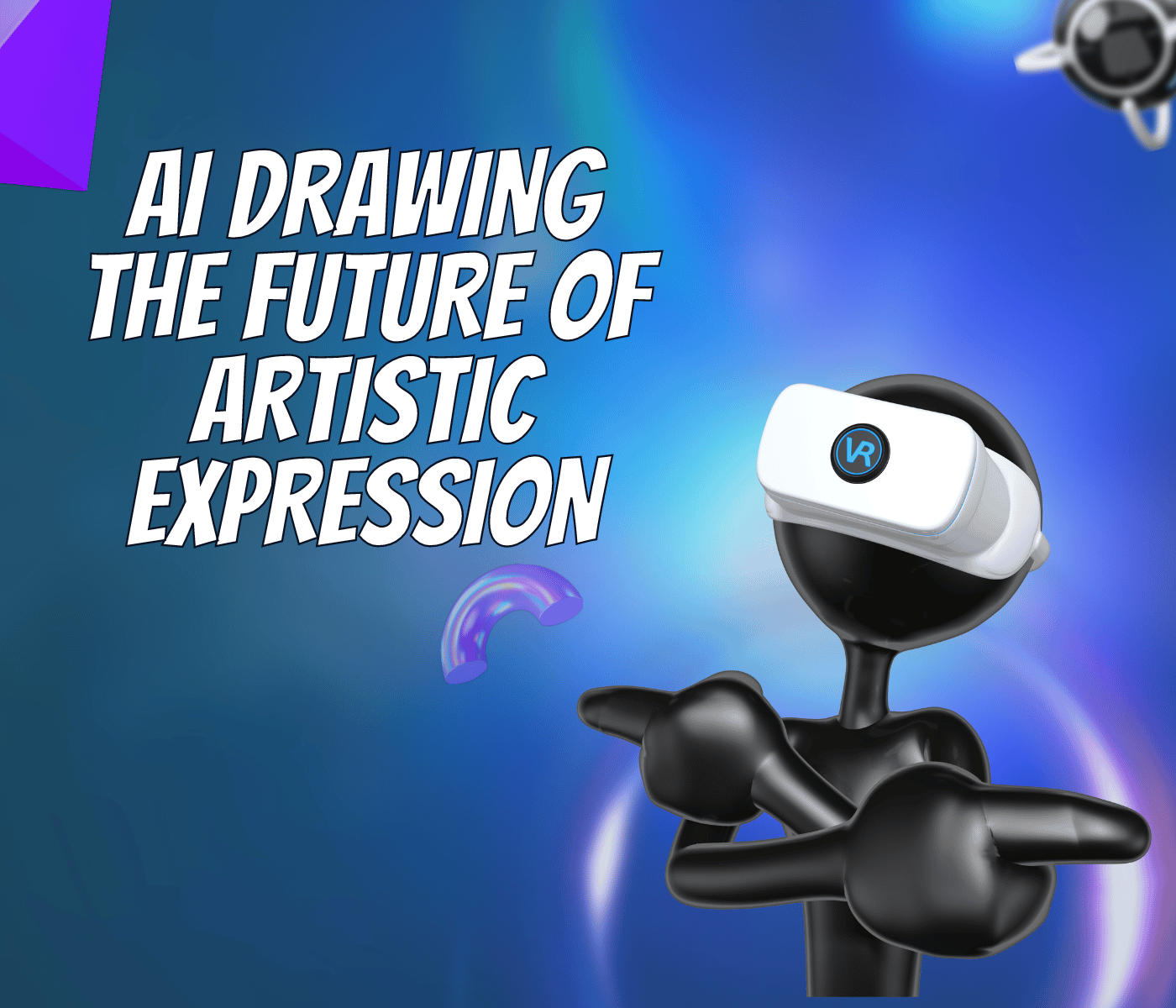Artificial intelligence (AI) has brought about a revolution in several industries and fields, including the world of drawing. Recent developments in AI drawing technology have led to the creation of an AI bot that can read minds and draw them with up to 80% accuracy using Dall-E 2 and Stable Diffusion. This development is an exciting step towards making art and design more accessible to people who may not have traditional artistic skills or training.
Here is a comprehensive overview of AI drawing technology and its impact on the art world:
I. How AI Drawing Technology Works
The AI drawing technology uses fMRI scans to detect what a subject is thinking or visualising, and then advanced algorithms are used to create an image that reflects those thoughts. With this technology, artists can quickly generate ideas and concepts, making the creative process more efficient.
II. Impact of AI-Generated Art on Traditional Art Forms
The development of AI drawing technology has raised questions about the future of art and creativity. Will AI-generated art become the norm, and what impact will that have on traditional art forms? While some argue that AI-generated art lacks the human element and emotion that is essential to traditional art, others see it as an exciting new frontier in the art world.
III. AI Drawing Tools Available
There are tools available that can help explore AI drawing technology, such as the AI drawing app that enables users to create cool art quickly. There are also blogs and articles that delve deeper into the subject, such as Content Powered’s post on the origins of AI-generated content and its relation to article spinning.
FAQs:
- Can AI Drawing Technology replace human artists? No, AI drawing technology cannot replace human artists. It can assist artists in the creative process, but it cannot replace the unique perspective and creativity that humans bring to art.
- Is AI-generated art considered real art? The debate surrounding whether AI-generated art is considered real art is ongoing. While some believe that art created by a machine lacks the emotional depth and complexity that human art possesses, others argue that it is a new and exciting frontier in the world of art.
5 AI Drawing Tools
There are several AI drawing tools available that can assist artists and designers in creating unique and stunning artworks. Here are five of the best AI drawing tools:
- Deep Dream Generator by Aifnet is a popular online tool that enables users to create realistic images using AI. The tool relies on a neural network that was trained with millions of images, making it one of the best AI art generators on the market.
- Designs.ai is a comprehensive AI-powered graphic design tool that can be used to create logos, videos, and even websites. The tool uses machine learning algorithms to help users create professional-looking designs quickly and easily.
- AutoDraw is an AI-based drawing tool created by Google that uses machine learning algorithms to predict what you’re drawing and suggests possible replacements for it. The tool is perfect for those who are not skilled in drawing but want to create simple sketches quickly.
- Fotor is an AI-based photo editor that can be used to enhance and retouch images. The tool comes with several features such as beauty retouching, photo effects, and HDR tech that make it one of the best AI art generators out there.
- Wombo is an AI-powered app that can animate images, create memes, and even generate AI art. The tool uses deep learning algorithms to animate static images and make them look more realistic and engaging.
Overall, AI drawing tools can be a great way to explore new artistic ideas, enhance creativity, and improve efficiency in the design process. Whether you’re an amateur artist or a professional designer, these tools can help you take your art to the next level.
In conclusion, AI drawing technology is a rapidly developing field that has the potential to transform the way we create art and design. While it raises important questions and debates about the future of art and creativity, there is no doubt that AI will continue to play a significant role in the creative industry. It will be interesting to see how artists and designers incorporate this technology into their work in the years to come.
